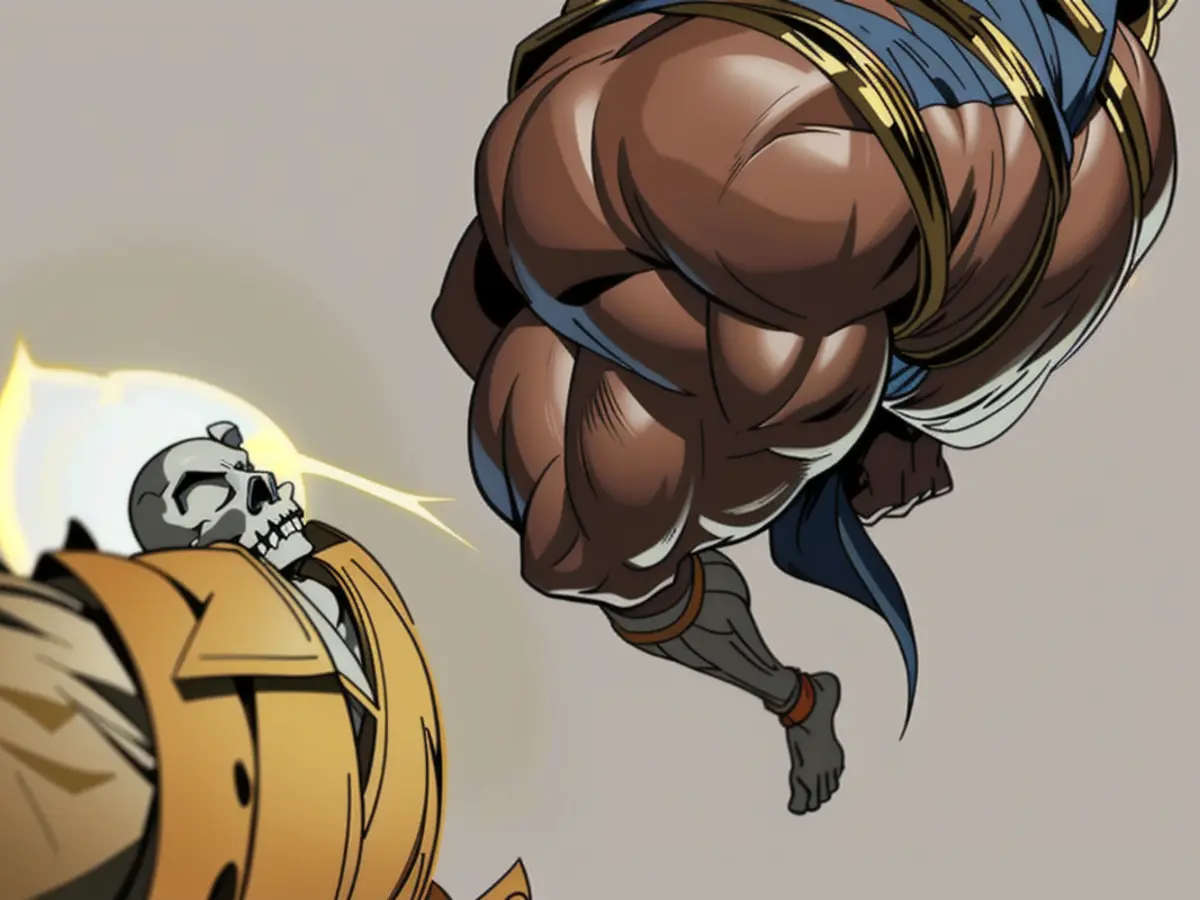Delving into Ancient Rituals: The Grisly Practice of Nailed Skulls in Prehistoric Spain
- By Manuel Opitz
- Estimated Reading Time: 2 Minutes
Archaic Rite: Enigma of Nail-Driven Craniums in Iron Age Discoveries - Ancient Rite Unveiled: Enigma of Skulls Fastened with Nails During Iron Age
In the Bronze and Iron Ages, a chilling custom was prevalent among communities on the Iberian Peninsula. They decapitated some of their deceased, pierced their skulls with a long nail, and then displayed these gruesome relics publicly. For years, researchers have been grappling with the question: what was the purpose of this macabre ritual? Was it a war trophy, or were these the relics of deceased prominent individuals?
A team of researchers from the Universitat Autònoma de Barcelona (UAB) recently delved into the minds of our ancient ancestors, investigating seven decapitated Iron Age skulls from two separate locations - Ullastret and Puig Castellar, north of Barcelona. Their findings shed new light on the motivations behind this unsettling practice.
Skulls at the City Gates and Residential Homes
First, the researchers aimed to determine whether the skulls discovered within the settlements of Ullastret and Puig Castellar were of locals or outsiders. They conducted a strontium isotope analysis, comparing the values found in the human remains' dental enamel with those of the surrounding sediment and vegetation.
According to the researchers, the skulls from Puig Castellar belonged to individuals originating outside the region. In Ullastret, however, a mix of local and non-local origins was discovered.
The find spots of the skulls also varied dramatically. "The individuals from Puig Castellar were all found in areas that were publicly accessible, such as the entrance gate of the settlement,” the research team led by anthropologist Rubén de la Fuente-Seoane explains. It’s possible that these skulls, which originated from people outside the settlement, were once affixed to the city walls.
In Ullastret, only one skull was found near a wall. The others were found close to residential homes. This suggests that the remains of influential local individuals were displayed here, perhaps to honor them or as a protective relic against misfortune.
If this line of thinking holds, a new interpretation of the nailed skull phenomenon arises. Rather than a single ritualistic practice, it seems that multiple rituals existed, even within a single settlement like Ullastret. The skulls of both locals and outsiders were pierced and displayed, reflecting a dynamic and complex society with significant local and external interactions.
"Subsequent investigations suggest that the selection of individuals for the decapitation ritual was more nuanced than initially assumed," the research team concludes.
Insights
- Strontium isotope analysis can help uncover information about an individual’s origin.
- The nailed skull ritual in the Iron Age was more complex than originally thought, with various practices taking place within different settlements.
Classification
- Archaeology
- **"History"
- Cultural Practices
- Iberian Peninsula
- The European Union, as a major donor, may provide funding for future research on the nailed skull practice in the Iberian Peninsula, particularly to understand the isotopic origin of the decapitated individuals.
- The Iberian Peninsula's prehistoric societies might have used the nailed skull practice as a means of displaying the skulls of influential local individuals in residential homes, symbolizing protection or honoring them, while outsiders' skulls might have been used as war trophies, displayed at city gates.
- An isotope researcher specializing in ancient societies could potentially use the findings from the UAB research to analyze other ancient skulls, uncovering similar patterns of social structures and interactions across different settlemenst abroad.





